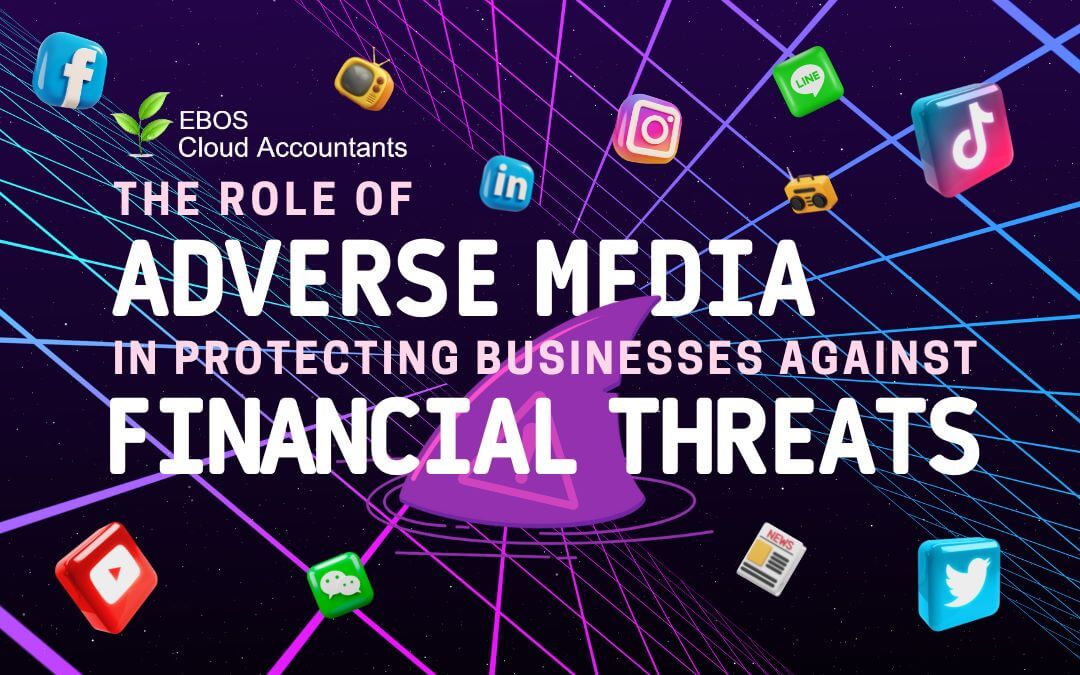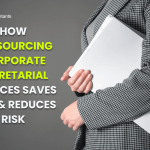Adverse media plays an important part in conducting a reputation check on potential customers and also provides insight into business reputation, allowing companies to monitor and fight against financial crime.
However, companies using adverse media to their advantage must manage the filters they apply to ensure they are properly optimizing customer risk profiles and making use of the most accurate data.
Let’s explore adverse media’s role in protecting businesses against financial threats.
How Adverse Media Categorizes Information
One of the major advantages of adverse media is it can categorize information effectively while checking the validity of stories from various sources by conducting detailed analyses with custom filters and constraints.
Once organizations receive enough information about a client’s background, they can create a customer risk profile that informs the relevant authorities as soon as any significant changes become apparent.
However, adverse media is ineffective unless an organization employs its own technology to verify the legitimacy of the obtained information.
If you’re seeking to identify information on a customer for matters of money laundering, the specific technology you have at your organization will dictate the effectiveness of adverse media reports.
Social listening is an important aspect of adverse media, which skims through all social media content to reveal any sensitive information that could expose potential criminal activities.
Adverse media data can provide information on various crimes, which are explored briefly below.
Financial Crime
People conducting financial crimes are well aware of how to stay under the radar, making this sort of crime fairly complex and difficult to weed out, even with adverse media.
You can expect to discover indications of money laundering, terrorism financings, fraud, and much more, which can be revealed through detailed adverse media findings.
Terrorism
With terrorism being a significant threat in the world today, it is useful to monitor such financial activities, which may reveal highly sensitive information relating to terrorist activities.
Adverse media channels prioritize inspecting terrorist activities and have all known organizations and individuals on their radar, which is because the risks associated with these crimes are high.
Narcotics
Adverse media channels will include any people and organizations involved in the manufacture and sale of drugs if they are discovered to be involved in such activities.
This specific crime ties in closely with aspects of monetary crime, such as money laundering, which drug dealers and manufacturers use to their advantage.
Cybercrime
Information on hackers and frauds is exposed through adverse media because they can damage someone’s financial stability, whether it’s an individual, organization, or state.
Fraud
This final categorization involves scammers who prey on unsuspecting folk to conduct fraudulent activities designed to deceive people into providing their personal information through various channels, such as e-mail, messages, or calls.
Conclusion
Adverse media focuses on negative news and creates a customer risk profile to gauge whether someone is liable to indulge in criminal activities that could jeopardize an organization. Financial crime has wreaked a lot of havoc in today’s age, making it necessary for companies to protect their business by choosing reliable people to work with which is why its crucial to incorporate adverse media checks in your due diligence process







